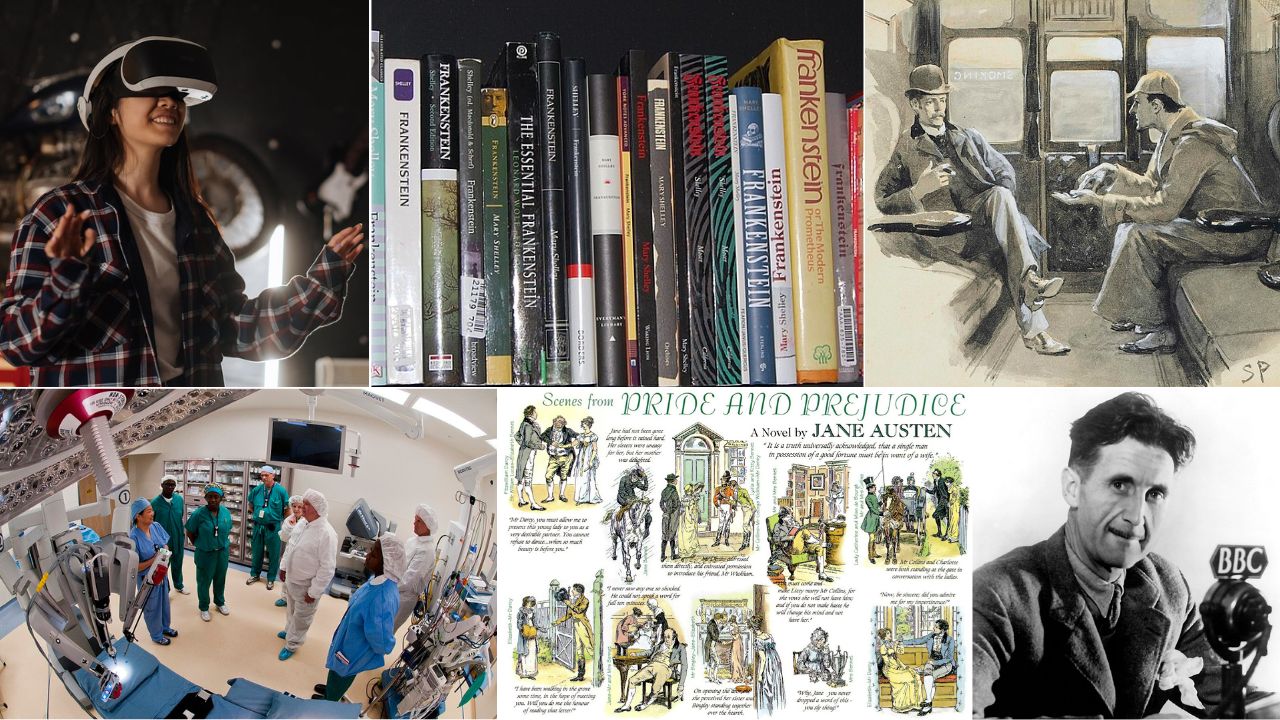Over the past fifty years, daily life in the United States has changed so quickly that many traditions once central to home and community life have vanished. Technology, shifting work patterns, and new forms of entertainment replaced customs that brought people together in person. These changes reshaped how families connected, how neighbors interacted, and how milestones were celebrated, leaving once-familiar rituals as memories preserved in photos and stories.
1. Handwritten Letters And Pen Pals

Teens once traded addresses, bought stamps, and waited days for replies that felt like a gift. Families wrote notes for birthdays, holidays, and news. Email and messaging crushed that rhythm. Inboxes replaced mailboxes, and speed beat ceremony. Handwriting practice, stationery picks, and careful phrasing built patience and style. Today, the ritual of sealing an envelope and placing a stamp barely registers in daily life. Personal archives turned into search bars, and keepsake letters lost their daily role.
2. The Family Landline As A Social Hub
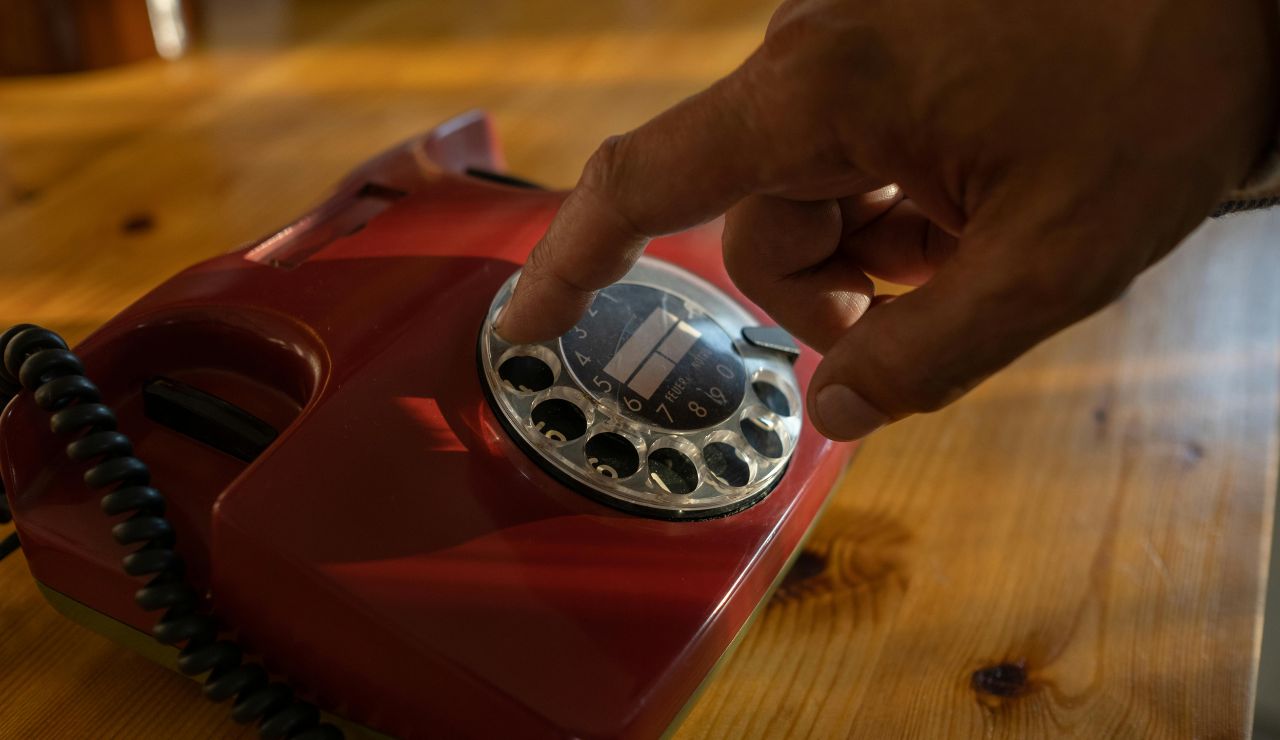
One phone rang for everyone, and callers asked for a parent or teen by name. Kids learned to take messages, mind the clock, and share time on the line. Call waiting, busy tones, and answering machines set the pace of home life. Mobiles ended the shared device and the hallway phone table. Personal numbers took over, shifting households from public etiquette to private, always-on, one-to-one contact. The long cord and the notepad by the receiver trained quick intros, clear plans, and polite goodbyes.
3. Appointment TV Nights
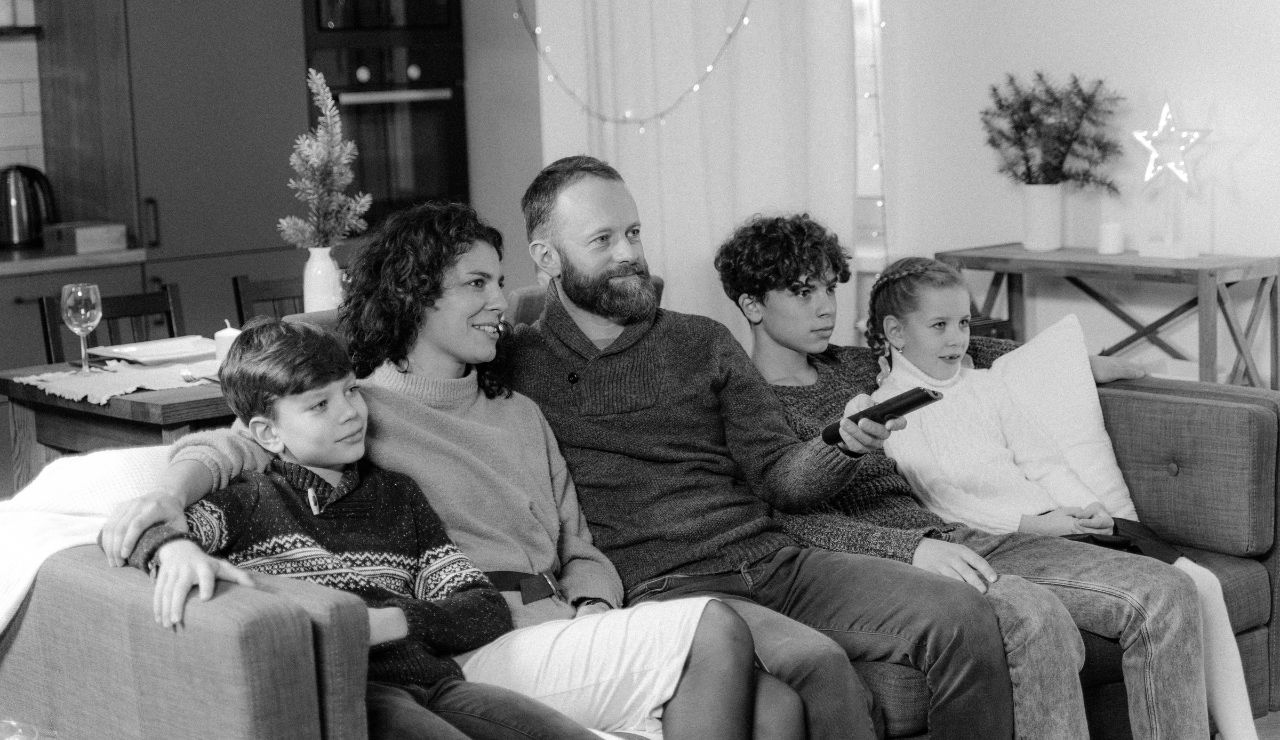
Families planned nights around broadcast schedules. You rushed homework to catch a new episode at eight, sat through commercials, and talked about it the next day at school. TV listings, cliffhangers, and live finales set a common calendar and live buzz. Streaming erased the clock, and binge habits replaced the weekly countdown. The living room watch party shrank as headphones and solo screens took center stage. VCRs offered a backup, not a replacement, and watercooler talk relied on everyone watching that night.
4. School Home Economics Classes
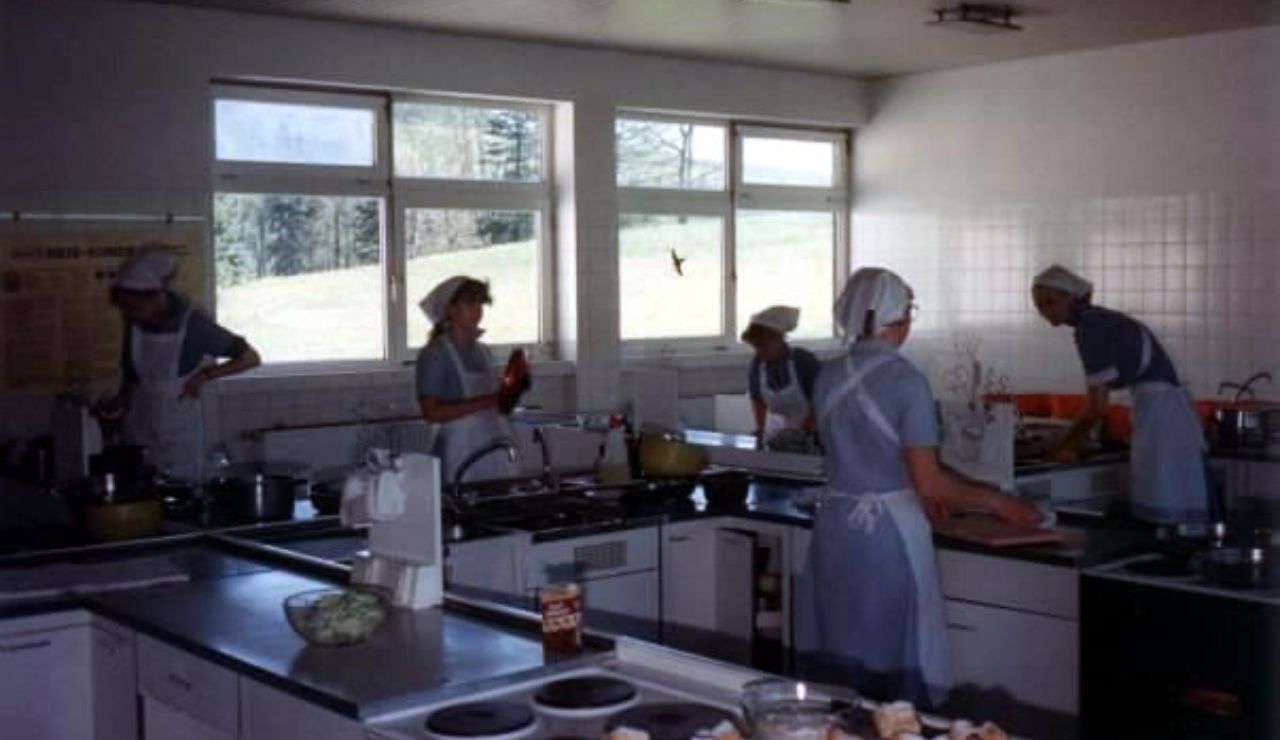
Home economics taught cooking, sewing, budgeting, and basic household skills in real classrooms. Teens followed recipes, stitched fabric, and learned grocery math alongside friends. Shrinking budgets, shifting curricula, and the push for STEM subjects pushed these classes aside. Online tutorials filled the gap, but the group learning, shared meals, and hands-on teaching that came from in-person practice faded. The clatter of sewing machines and smell of baking bread are rare in schools today.
5. Sunday Family Dinners At Home
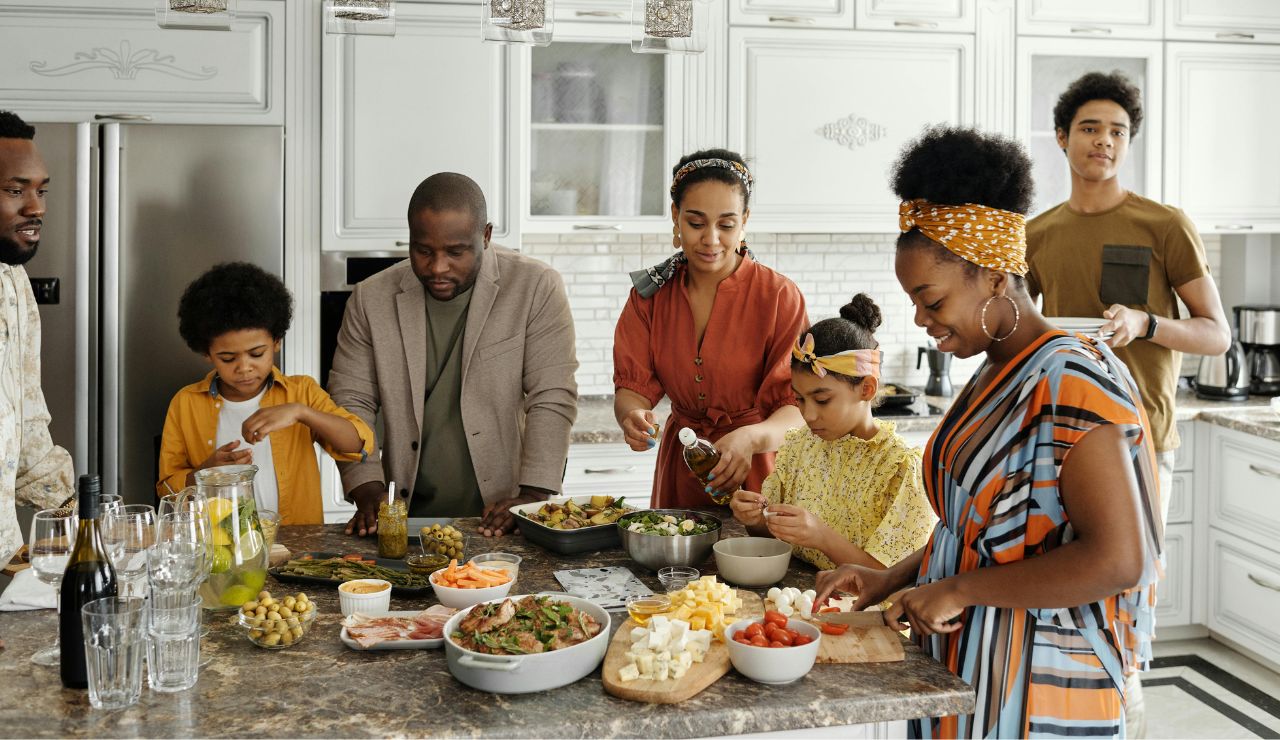
Sundays once meant a full table, homemade food, and hours spent catching up. Families paused errands and made room for grandparents, cousins, and neighbors. Work shifts, sports schedules, and takeout culture chipped away at the ritual. Restaurant brunches and delivery replaced the roast chicken and pie on the dining table. The tradition built more than full plates, it gave everyone a weekly anchor and a space to talk without phones or distractions.
6. Sending Holiday Cards By Mail

Families once posed for photos, signed dozens of cards, and sent them weeks before December. Recipients taped them to doorframes or strung them across walls. Rising postage costs, social media posts, and online greetings ended the paper trail. Photo printing shops lost the annual rush, and mailboxes filled with bills instead of glitter and envelopes. The joy of sorting, sealing, and sending personal holiday notes became a seasonal chore that most households skipped.
7. Polaroid Photo Albums

Instant cameras once turned moments into tangible keepsakes in minutes. Friends crowded around as the image slowly appeared, then tucked it into albums or scrapbooks. Digital cameras and smartphones took away the scarcity and surprise of each shot. Printed albums turned into cloud folders, and sharing shifted to apps. The rustle of plastic album sleeves and handwritten captions gave way to scrolling. The physical connection to memories thinned as images multiplied online.
8. Collecting Trading Stamps

Stores rewarded shoppers with books of trading stamps to paste and redeem for home goods. Kitchens stored jars full of them, and kids helped stick each one into a booklet. Loyalty cards, digital coupons, and cashback apps replaced the slow build toward a toaster or set of glasses. The hunt for the last page of stamps and the trip to the redemption center created small milestones that disappeared with the shift to instant savings.
9. Manual Film Development
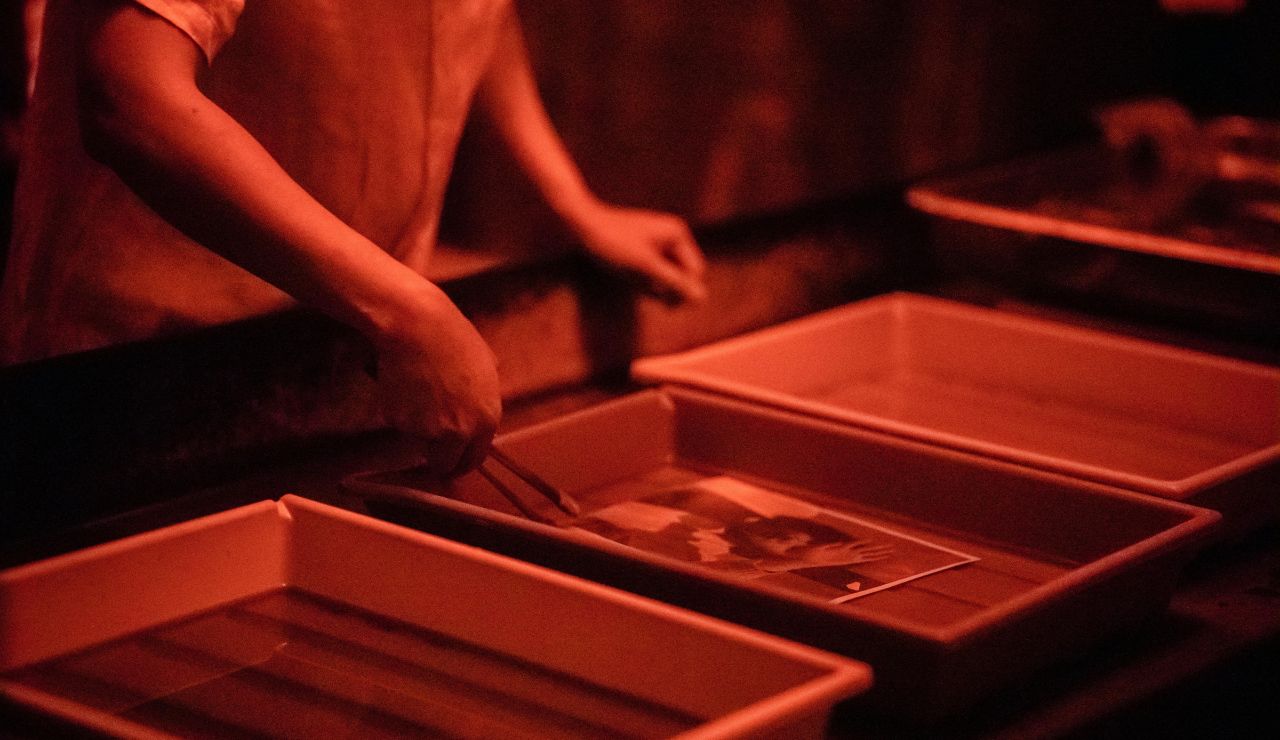
Before digital cameras, photography required dropping off film rolls at a local shop and waiting days to see the results. Families often discovered surprises when envelopes of glossy prints were opened. Home darkrooms allowed hobbyists to develop their own pictures in red-lit spaces. Digital technology erased the wait and the mystery. Instant review and deletion changed how people value each shot, and photo labs in drugstores and malls became a rare sight.
10. Phone Booth Conversations

Public phone booths lined city blocks, school hallways, and gas stations. People carried coins or phone cards to make quick calls, shielded by glass doors. Mobile phones ended the need for these enclosed spaces, and most booths were removed. The sight of someone talking privately on a street corner or flipping through a phone book inside a booth has nearly vanished, leaving the structure itself as a symbol of an earlier pace of communication.
11. Vinyl Record Listening Parties

Friends once gathered to play a new album from start to finish, sitting around turntables and sharing snacks. Album artwork, liner notes, and the act of flipping the record halfway through were part of the experience. Portable music, digital streaming, and earbuds turned listening into a solitary habit. Vinyl has made a niche comeback, but the group ritual of hearing a record together for the first time is now rare in everyday life.
12. Door-To-Door Fundraising
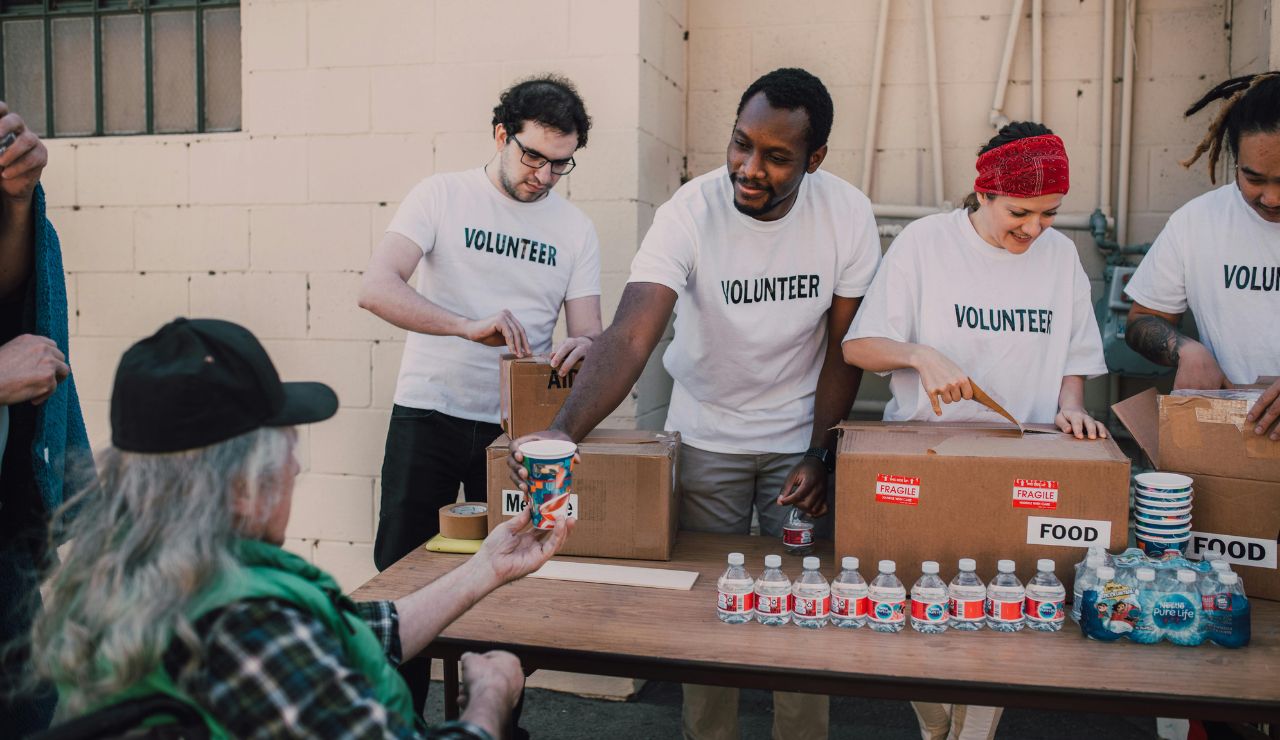
Students and community members once sold candy, cookies, or raffle tickets door-to-door to raise money for events and teams. Face-to-face visits encouraged conversation and built trust within neighborhoods. Concerns over safety, busy schedules, and online payment options have replaced in-person appeals. The knock on the door and the polite pitch from a neighbor’s child have largely given way to link-sharing and email campaigns.


